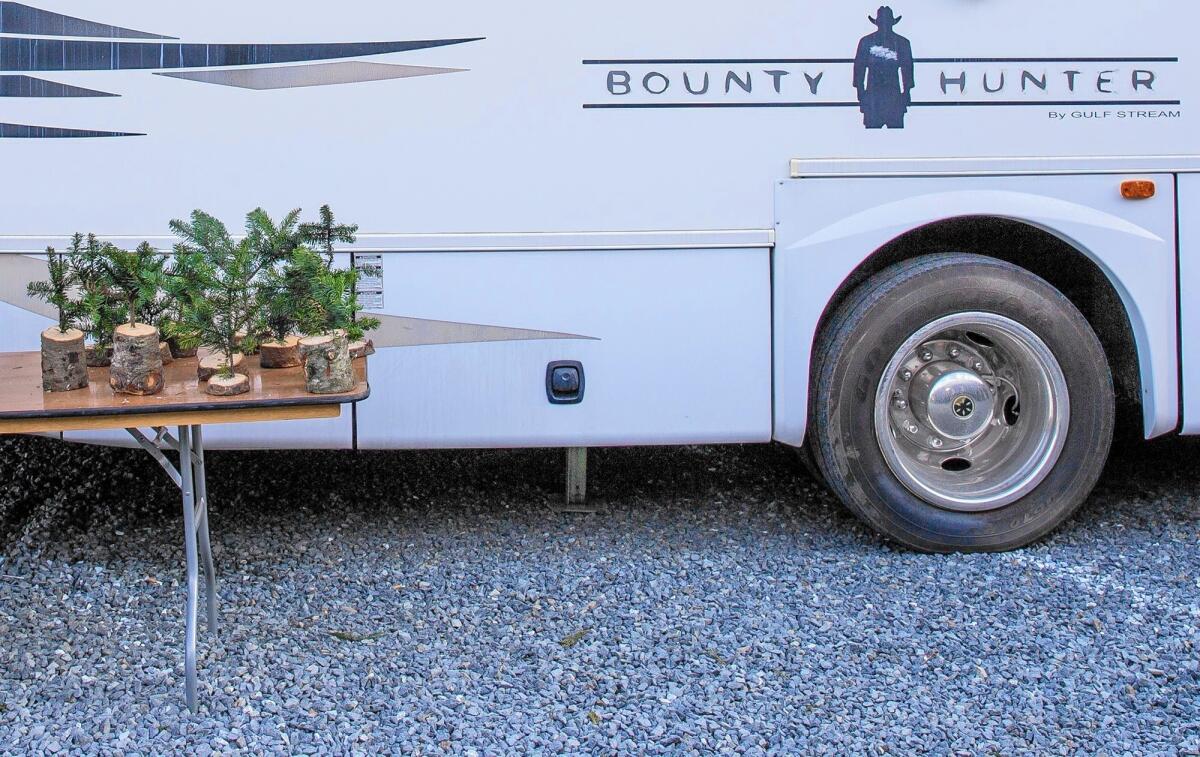Hansen: Christmas tree growers can get needled by market forces

On any given Christmas tree lot, there’s going to be the tree that doesn’t get picked.
It’s the scrawny and crooked one that looks more like a weed. It gets pushed to the far end of the lot until it ends up next to the chipper with about 10% of his other reject buddies.
The Christmas tree business is tough and cyclical for a couple of reasons. One has to do with the calendar. About every six years, the time between Thanksgiving and Christmas is shortest and so are sales. In the shortest years, there are 27 days between the two holidays; the longest gap is 33 days. This year it is 29 days.
The point is that every day is critical in this $1-billion business in the U.S.
Another important cycle is the actual growing period. It takes about seven years to grow an average tree. If growers miscalculate, they can inadvertently flood the market, which happened in the 1980s and during the recent recession, when sellers had too much supply and had to unload trees at a loss.
There are other variables. One is the continued change in personal preferences. People are simply buying more artificial trees, which are getting more realistic and easier to assemble. And, yes, they still come from China with sometimes questionable safety issues.
Typically, 25 million to 30 million real trees are sold every year in the U.S., but overall, more people display artificial trees by about a 2-to-1 margin, according to the National Christmas Tree Assn.
Also, most recently, people are concerned about the drought, which has pushed prices higher. Plus, it takes about a gallon a day to water a tree, and that adds up.
So with all of these concerns, why get into the tree business?
For Rob Cruikshank, owner of a large lot in Santa Clarita called Town Center Trees and a new, smaller lot in Laguna Beach, it was primarily timing.
About four years ago, he was feeling the effects of the recession and looking to diversify his event production business. He already had the big tents and related equipment, so his initial capital expenses were kept low.
He says he’s still learning the industry but feels it’s worth the effort because the holiday time is slower for his other business.
“I didn’t know there was so much to learn about trees,” he said, laughing.
Local lot operators rely on each other through loose networks. In various gentleman’s agreements, Cruikshank said, they make ad hoc deals during the fast-paced season.
They will also pool their buying power and “split trucks” coming down from Oregon to reduce fuel costs. One standard semi-truck holds 400 to 600 average trees, according to industry sources.
Once the season is in full swing, if one lot is running low, the owner will call his network colleagues to see if they have some excess inventory. The key is to minimize unsold trees, which obviously eat into profits.
On the wholesale level, a Douglas fir may cost about $20 but easily sell for twice that on a lot. For the growers, meanwhile, that tree costs only $5 to $10 to grow, depending on how big it was when it was cut.
Once a tree gets above 6 feet, the costs skyrocket because the speed of the tree growth slows considerably. That’s why it’s particularly important to choose inventory wisely.
Cruikshank expects he will have only 25 to 50 unsold trees, or about 2% or 3% of his overall inventory — a very good percentage.
Early in the year, Cruikshank will fly up to growers in Oregon to evaluate the trees. He said that contrary to popular belief, it’s not the dense forest trees that are better. It’s those on the flatlands because the trunks grow straighter. Those on the hillsides grow at an angle and are not as valuable.
No one likes to have a crooked tree.
Most of the business side of Christmas trees remains hidden from consumers, who are really only interested in the tradition.
And for nearly all of California, those traditions start out as a whipper snapper seedling in the Pacific Northwest, nestled at the foot of some moss-coated mountain. At the authentic, burly lots, there are reindeer rides, Santas and hot chocolate.
The you-cut options are popular with young, naive dads eager to prove they can handle a bow saw. Of course, the Paul Bunyan novelty wears off within the first 30 minutes or 3,000 cuts, whichever comes first.
Here in Orange County, we typically don’t need lumberjack tools or deluxe all-weather gear to withstand the elements. The Sorels and zero-degree eVent Gortex hybrid laminate protection are a bit of overkill.
The only thing that’s required for the perfect Christmas tree is a desire to keep it real.
DAVID HANSEN is a writer and Laguna Beach resident. He can be reached at [email protected].